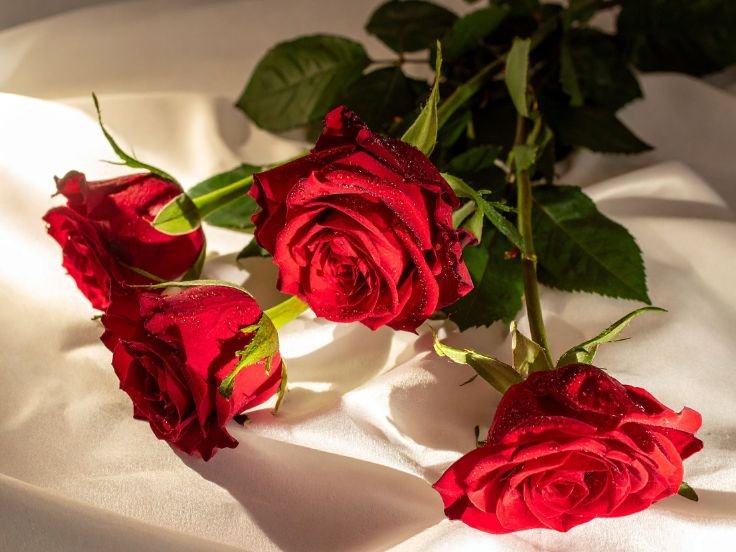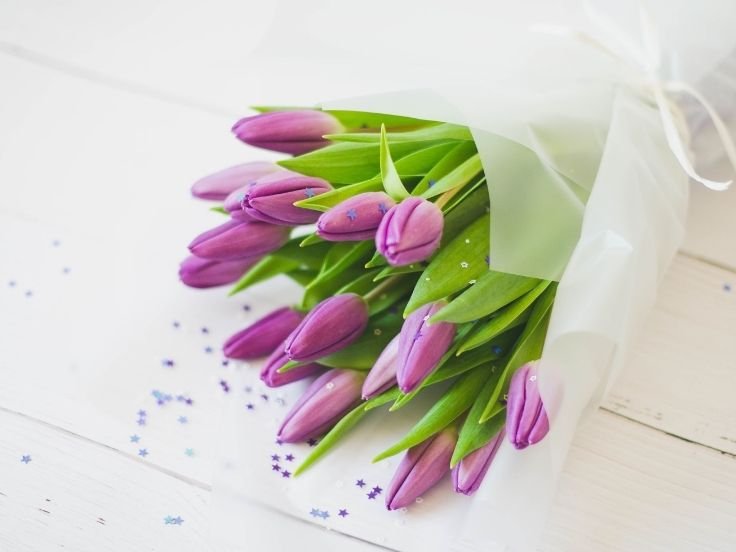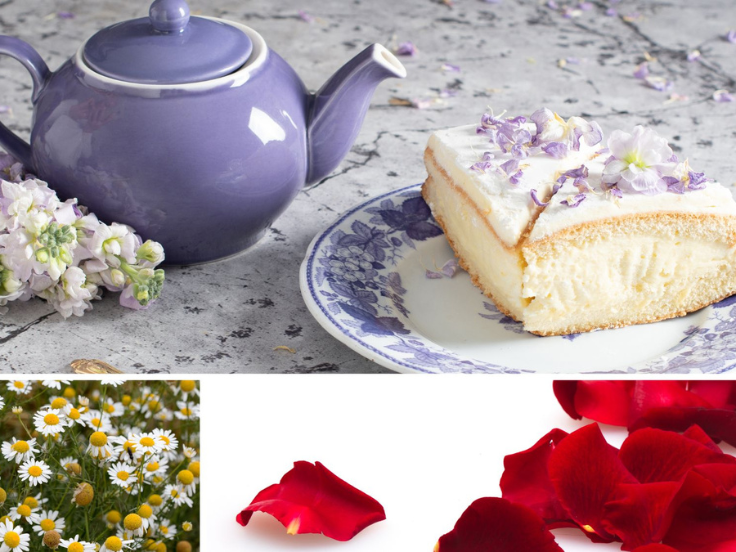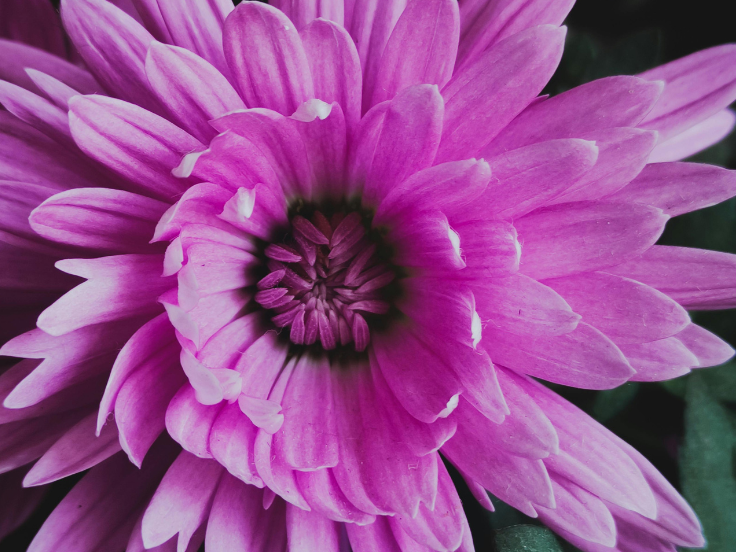The Cultural Significance of Kanakambaram Flower: A South Indian Treasure
Introduction
Welcome, flower enthusiasts! Today, we’re exploring the magnificent Kanakambaram flower (Crossandra infundibuliformis), a vibrant botanical treasure cherished throughout South India. With its striking orange-yellow hues and distinctive shape, the Kanakambaram flower holds profound cultural significance, particularly among women who incorporate these blossoms into religious ceremonies, festivals, and personal adornment. Join us as we delve into the rich heritage and multiple uses of this beloved flower that brings both beauty and meaning to countless traditions.
What Is Kanakambaram Flower?
Kanakambaram flower, scientifically known as “Crossandra infundibuliformis,” represents joy and beauty in its purest form. This perennial flowering plant belongs to the Acanthaceae family and is native to southern India and Sri Lanka. The flower features unique fan-shaped blooms in brilliant orange, salmon, and yellow shades, making it instantly recognizable.
Its vibrant petals create warm splashes of color in gardens, temples, and festivals across South India. Beyond their aesthetic appeal, Kanakambaram flowers are known for creating an atmosphere of tranquility and happiness wherever they bloom, earning them a special place in Indian cultural practices.
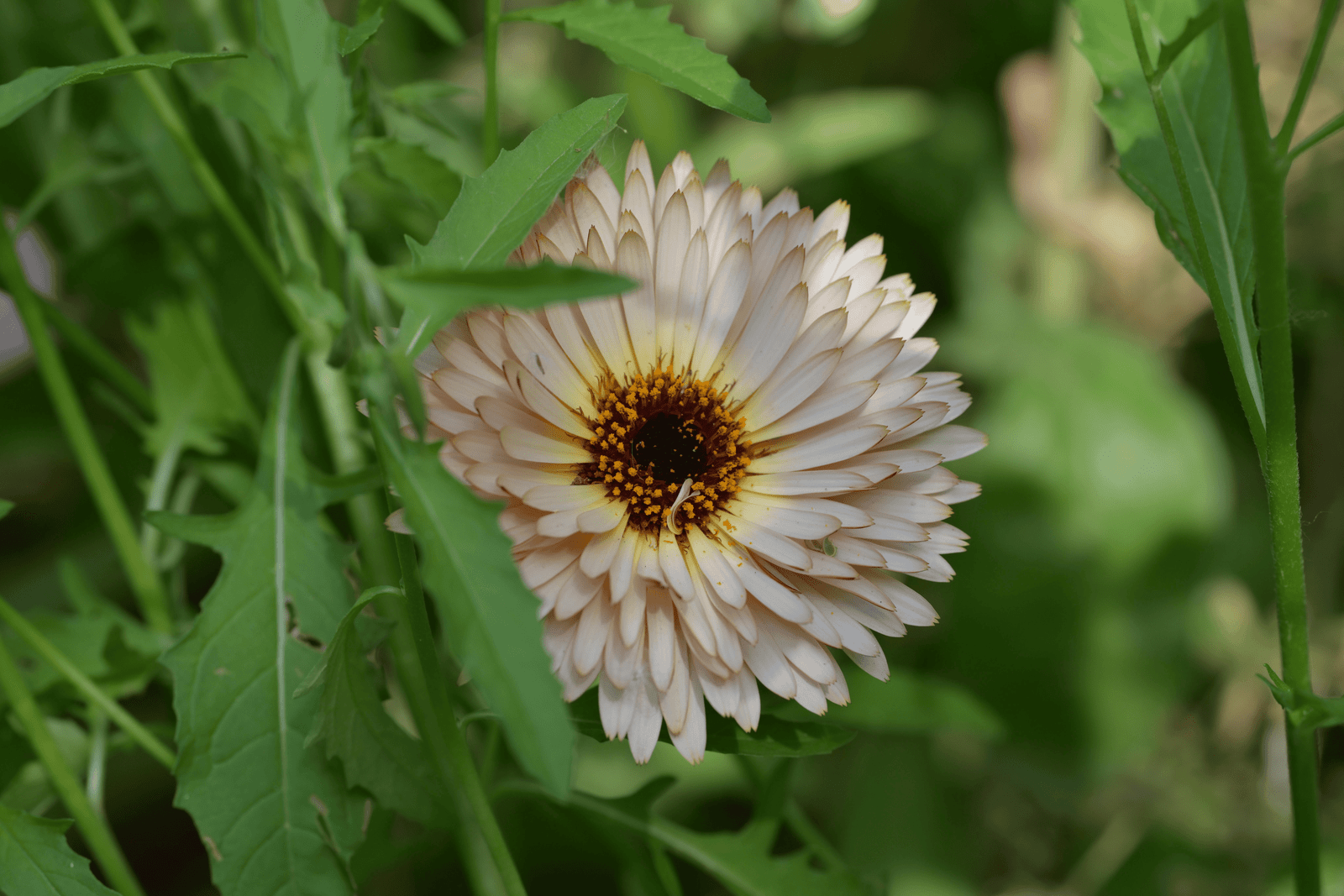
Cultural Importance of Kanakambaram Flower
1. Religious Significance
Many South Indians incorporate Kanakambaram flower into their daily religious practices. Devotees often bring these flowers to temples as offerings to deities, believing such devotional acts bring divine blessings and good fortune.
Temple Offerings: Kanakambaram garlands are meticulously crafted for temple rituals, where they’re presented to gods and goddesses during poojas. Their presence enhances the sacred atmosphere, symbolizing purity and devotion in worship spaces.
2. Festivals and Celebrations
Kanakambaram flower features prominently in joyous festivals such as Pongal, Diwali, and Navaratri. These vibrant blooms transform homes and community spaces into colorful havens of prosperity and happiness.
Pongal Decorations: During the harvest festival of Pongal, fresh flower arrangements featuring Kanakambaram adorn homes and public spaces, honoring family bonds and celebrating agricultural abundance.
Diwali Decorations: The Festival of Lights becomes even more radiant with Kanakambaram flower displays that complement the traditional oil lamps and rangoli patterns, symbolizing the triumph of light over darkness.
3. Hair Decorations
Perhaps the most iconic use of Kanakambaram flower is as a hair accessory for women. These flowers are carefully woven into braids or arranged around buns, particularly for weddings, religious ceremonies, and cultural events.
Wearing these flowers represents not only beauty but also cultural identity and respect for tradition. A fresh bunch of Kanakambaram flower adorning a woman’s hair complements traditional attire while connecting her to generations of cultural heritage.
4. Symbol of Love and Care
Kanakambaram flower represents affection and tenderness in South Indian culture. Gifting these flowers expresses deep feelings and strengthens relationships through a simple yet meaningful gesture. Their vibrant colors and lasting freshness make them perfect tokens of enduring love and appreciation.
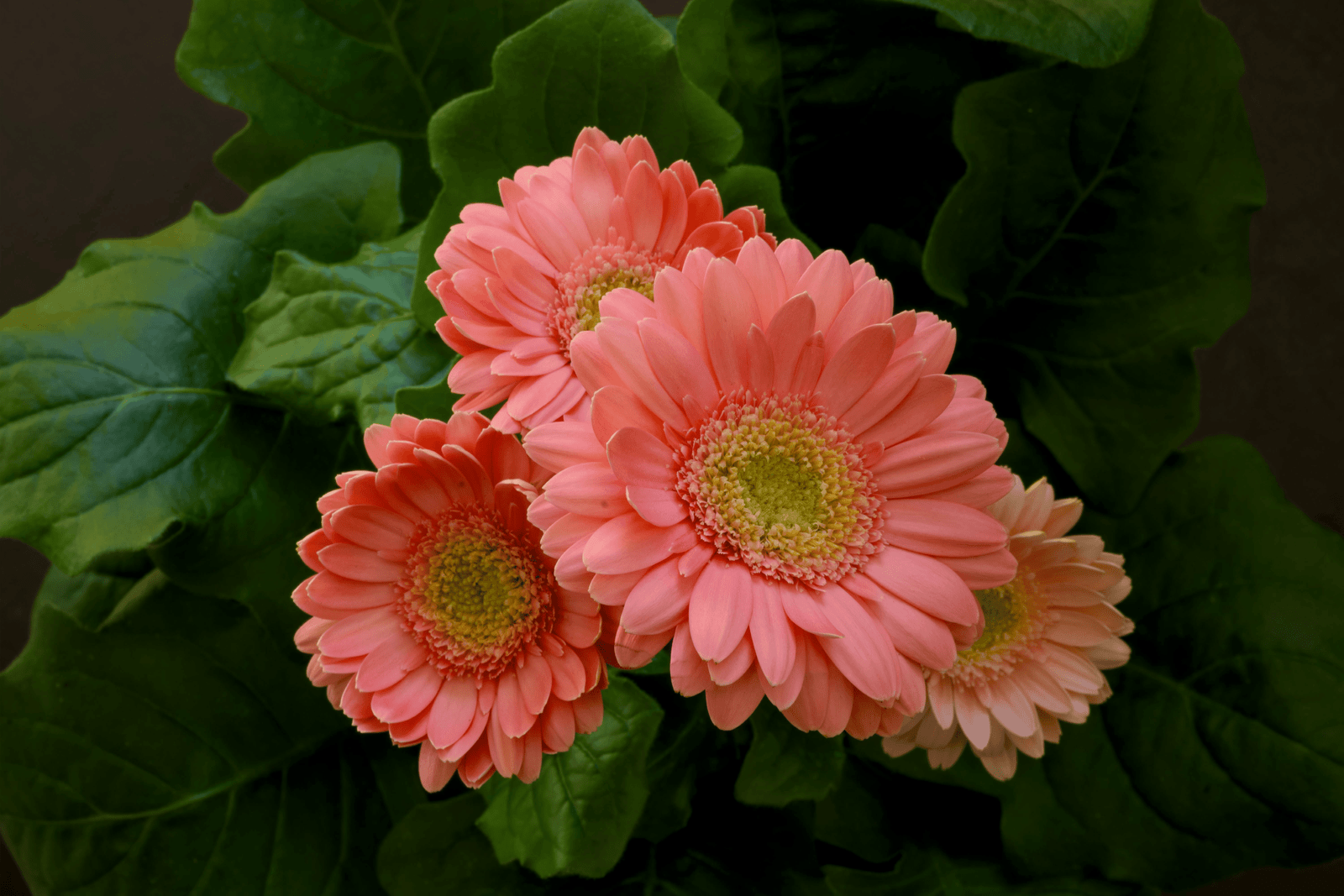
How to Enjoy Kanakambaram Flower at Home
Fresh Arrangements
Create stunning floral displays featuring Kanakambaram flower to brighten your living spaces. Their exceptional vase life of 5-7 days makes them ideal for home decoration, bringing positive energy and natural beauty indoors. According to flower care experts at ProFlowers, tropical flowers like Kanakambaram thrive when kept in clean water changed every two days.
Garlands
Craft beautiful floral garlands using Kanakambaram flower for festivals, prayers, or home decoration. These can be hung at doorways as auspicious symbols or used during religious ceremonies. The Royal Horticultural Society notes that Crossandra flowers maintain their color and form exceptionally well even after being strung into garlands.
Potpourri
Dried Kanakambaram flower petals create fragrant potpourri that fills your home with a subtle, pleasant aroma. This sustainable use extends the flower’s presence in your home long after its bloom has faded. The American Botanical Council suggests that dried tropical flowers can retain their properties for up to a year when properly preserved.
Hair Accessories
Follow the traditional practice of adorning your hair with fresh Kanakambaram flower for special occasions or everyday elegance. As noted by cultural historians at Sahapedia, this practice dates back centuries and remains a beloved form of natural adornment throughout South India. Many women prefer Kanakambaram over artificial accessories for its natural beauty and cultural significance.
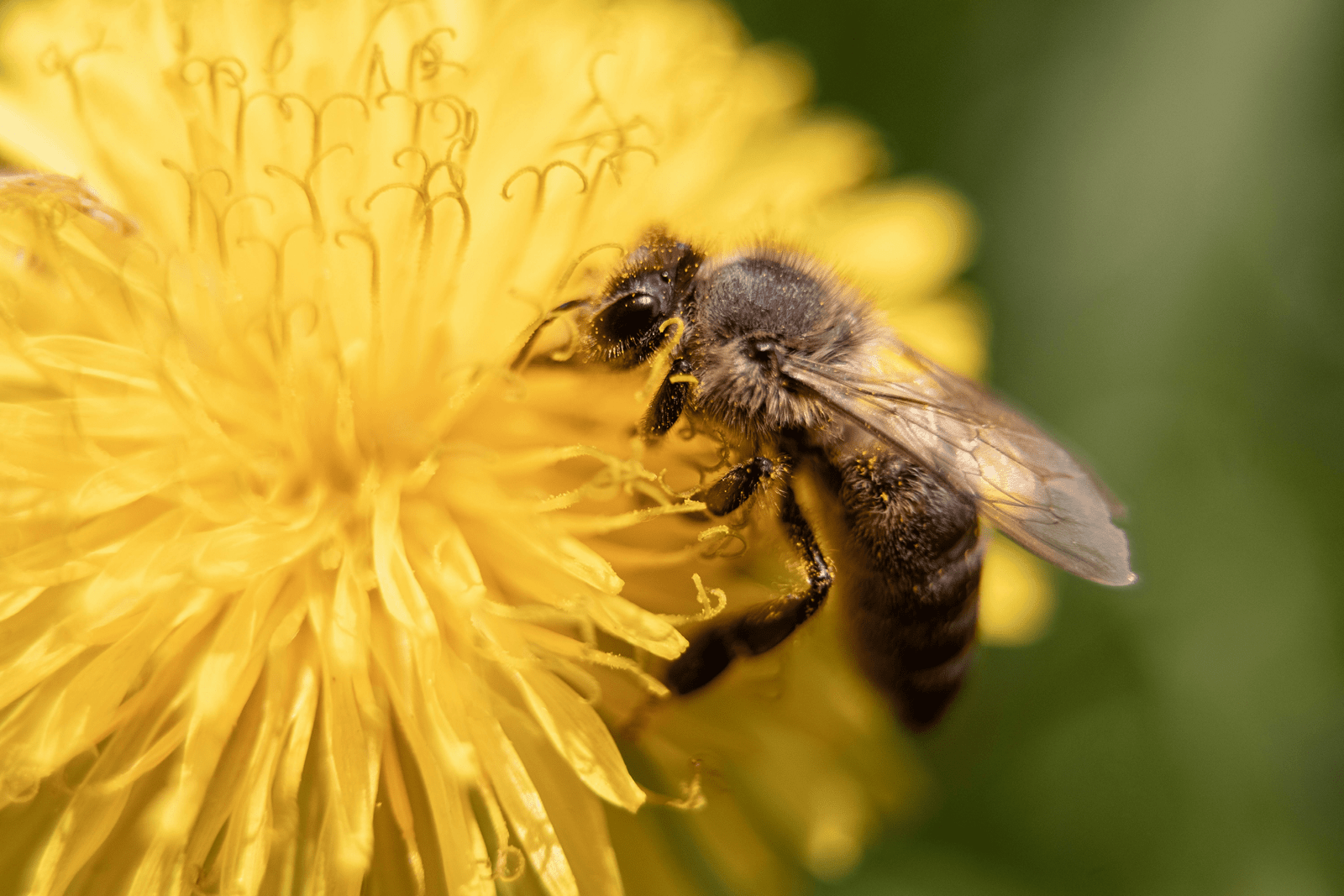
Growing Kanakambaram at Home
Kanakambaram flower plants thrive in tropical gardens with proper care. They prefer partial shade and well-draining soil rich in organic matter. According to gardening experts at Gardening Know How, these plants bloom continuously in warm conditions and make excellent container specimens for patios and balconies.
Water consistently but avoid overwatering, and fertilize monthly during the growing season for abundant blooms. With minimal care, these resilient plants reward gardeners with stunning Kanakambaram flower blooms throughout the warm months.
Medicinal Properties
Beyond their beauty, Kanakambaram flower has traditional medicinal applications in Ayurvedic practices. The flowers and leaves contain compounds with potential anti-inflammatory and antimicrobial properties. In folk medicine, they’ve been used to treat skin conditions and minor wounds, though modern scientific research continues to explore these traditional uses.
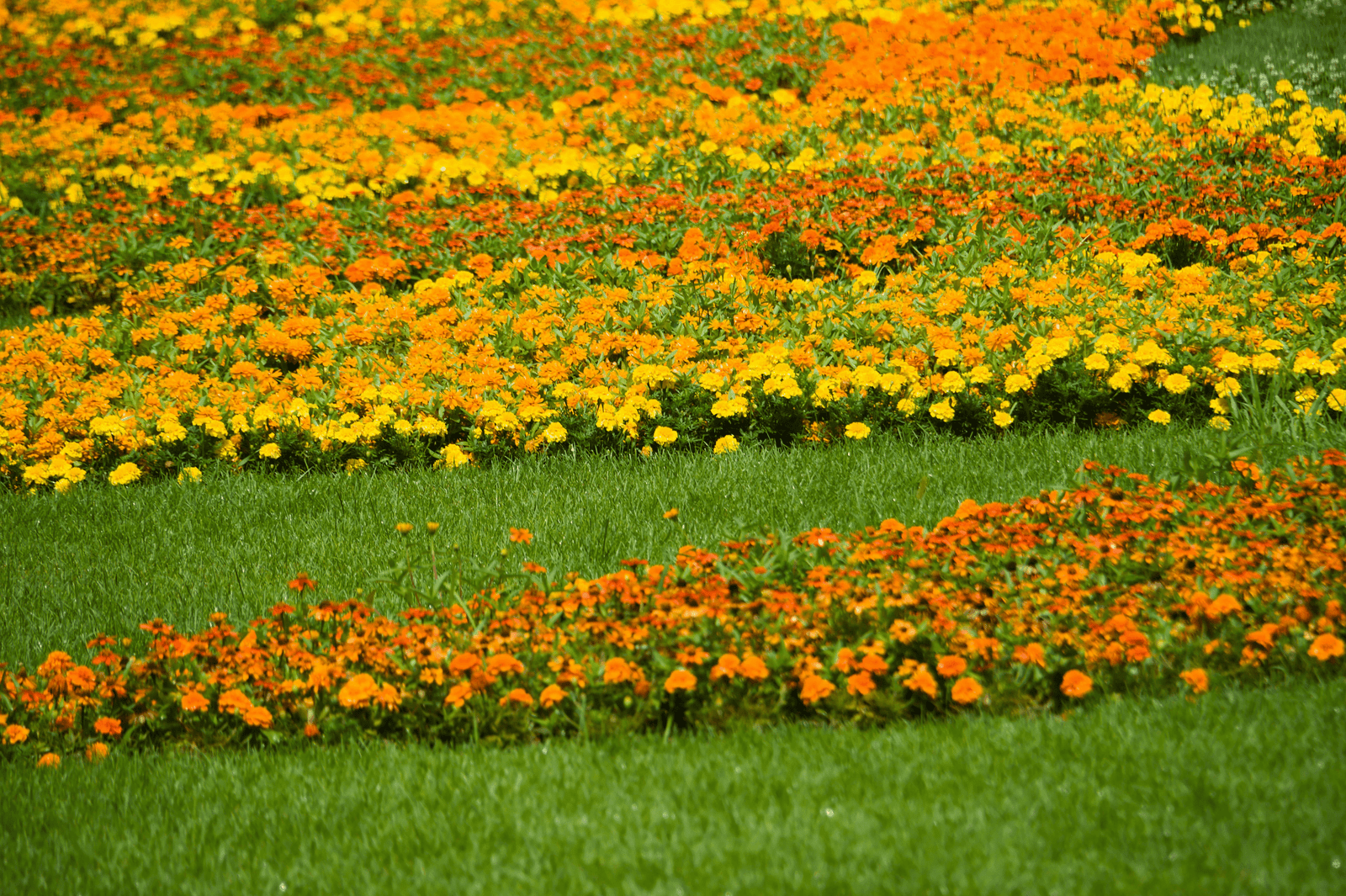
Conclusion
Kanakambaram flower, also known as firecracker flower in English, represents far more than just botanical beauty—it embodies love, devotion, and happiness in South Indian culture. Whether grown in your garden or purchased fresh for special occasions, these vibrant orange-yellow blooms bring warmth and cultural richness to any setting.
By incorporating Kanakambaram flower into our lives, we connect with centuries of tradition while enjoying their natural charm and beauty. Visit Gulmahal Flowers to explore our selection of fresh Kanakambaram and discover how these cultural treasures can enhance your home and special occasions.
Share your experiences with Kanakambaram flower in the comments below—we’d love to hear how these beautiful blooms have touched your life!
Written by : Shruti Maurya
What makes Kanakambaram flower special in South Indian culture?
Kanakambaram flowers are treasured in South Indian culture for their use in religious ceremonies, festivals, and as women’s hair adornments. Their vibrant orange hue symbolizes joy and prosperity, making them essential elements in both cultural celebrations and everyday spiritual practices.
How long do Kanakambaram flowers stay fresh after picking?
When properly cared for, Kanakambaram flowers remain fresh for 5-7 days after picking. Keep them in clean water changed daily, away from direct sunlight and heat sources to maintain their vibrant color and distinctive form.
Can I grow Kanakambaram flowers in my home garden?
Yes! Kanakambaram plants grow easily in home gardens with partial shade, well-draining soil, and regular watering. In colder regions, grow them in containers that can be brought indoors during winter months for year-round blooming.
What's the difference between Kanakambaram and Firecracker flower?
There’s no difference—”Firecracker flower” is simply the English common name for Kanakambaram (Crossandra infundibuliformis). The name “Kanakambaram” translates to “golden earring” in Tamil, referring to the flower’s distinctive shape and vibrant color.
How can I use Kanakambaram flowers beyond traditional cultural practices?
Kanakambaram flowers excel in modern floral arrangements, pressed artwork, natural fabric dyeing, and botanical photography. Their unique shape and vibrant color add distinctive character to contemporary decorative applications while honoring their rich cultural heritage.




